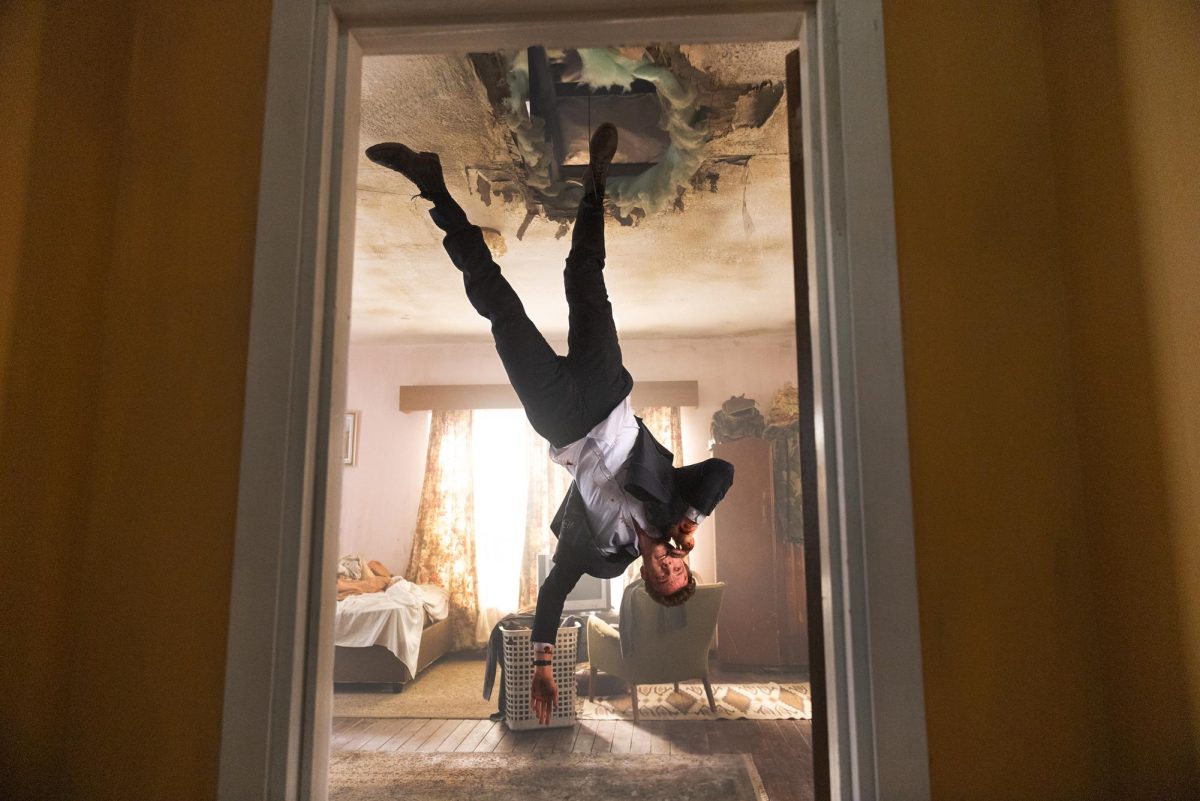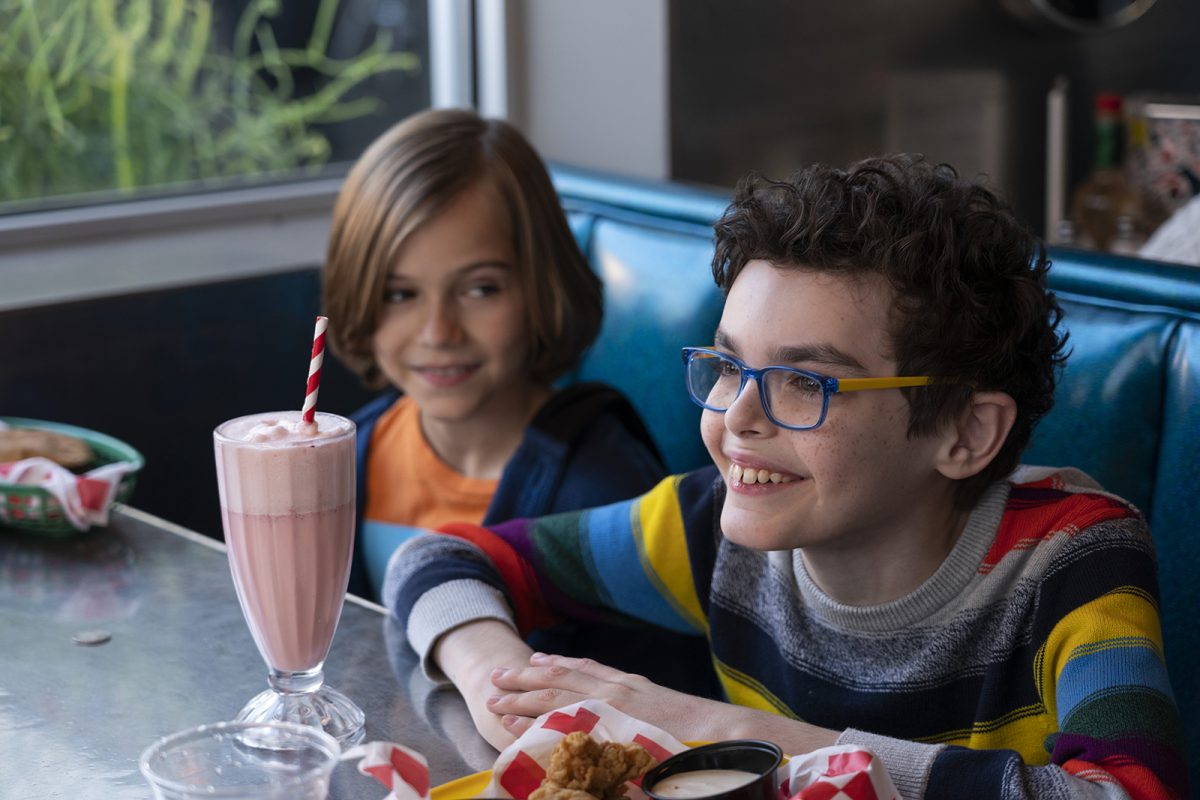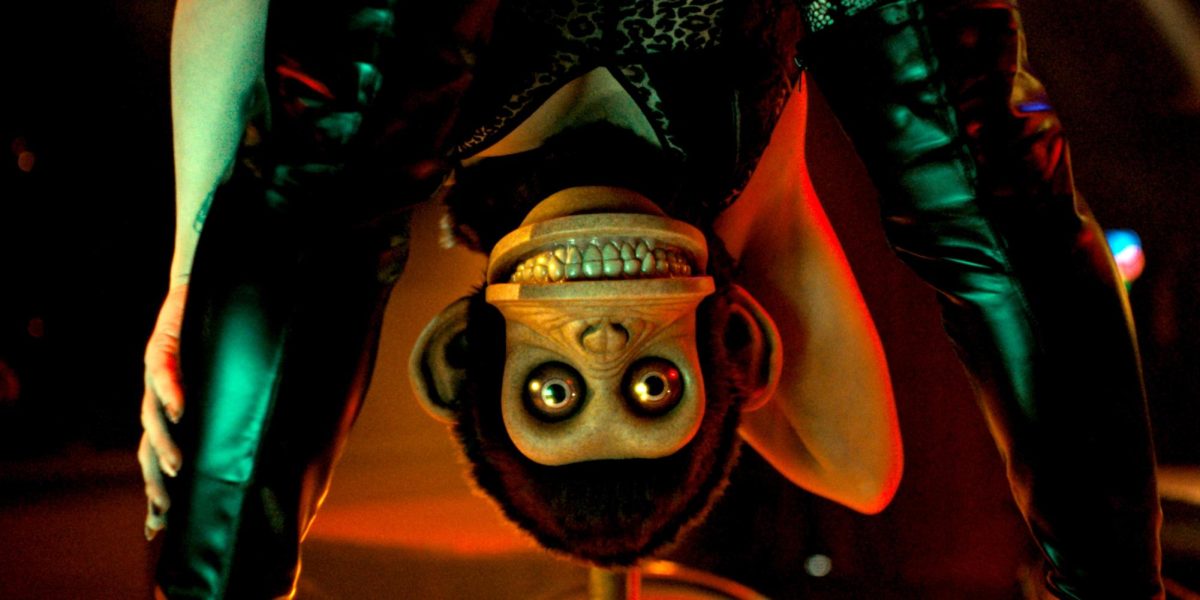A hellion rainstorm plagues a rural town along the Delaware River, threatening to unearth the horrifying secret that the recluse Parker family has kept for centuries. In the midst of the downpour, a woman suffers from a sudden seizure and drowns in the flooding streets on her walk back from the supply store. Her unexpected death unleashes gruesome consequences for her adolescent daughters, who must carry on with the family traditions of the pale skinned and glassy, red-eyed Parkers, who are modern-day cannibals.
Seasoned horror genre director Jim Mickle delivers “We Are What We Are,” an adaptation of the 2010 Mexican film called “Somos Lo Que Hay.” The story opens during the Parkers’ yearly fast, a week without “flesh, fruit or grain” called “The Abstinence,” which ends in a ceremonial feast and human sacrifice. The religious rite was adopted by the Parkers’ settler ancestors in order to survive the desolate wilderness. The most terrible part of the ritual must be performed by the reluctant but obedient eldest daughter, Iris (Ambyr Childers), now that her mother is dead.
Dutiful Iris, keen Rose (Julia Garner) and their impressionable younger brother Rory (Jack Gore) are not average schoolchildren. Their grizzly, commanding father Frank (Bill Sage) keeps a tight watch on his young charges, burning the importance of their morbid familial obligations into their conflicted hearts. But when the snooping of Iris’ love interest, Deputy Anders (Wyatt Russell), and coroner Doc Barrow (Michael Parks), motivated by the cold-case disappearance of his own daughter, brings suspicion knocking at the Parkers’ doorstep, Frank’s murderous actions in the interest of his family’s solidarity become its unravelling.
Beautifully shot, the gradually building film’s dark imagery within the context of the constant downpour emphasizes the mesmerizing nature of this menacingly sleepy narrative. With relative ease, director of photography Ryan Samul effectively translates Mickle’s sauntering Gothic vision onto the screen through chiaroscuro, or high contrast, lighting and moody visual atmospheres. His subtle camera movements call attention to the audience’s role as the unseen voyeur of sex, blood and violence in its dramatic display. Despite sporadic, uncensored and often shocking scenes, Samul’s quiet, though pervasive, cinematography makes it difficult to look away.
The film excels with solid acting performances from a relatively unknown cast. The eerily convincing family dynamic portrayed by Childers, Garner, Gore and Sage is fittingly reflective of the characters’ cult-like lifestyle. Most compelling is the relationship between sisters Iris and Rose. Childers and Garner, with their matching fair features and symbiotic interaction, fill their familial roles so successfully it is hard to believe that they are not actually related. Childers is demure and appropriately stiff. Garner’s character is more transparent, playing the quietly rebellious daughter with enough distress and determination that it is almost unquestionably genuine, adding character depth that is unusual of the genre.
Mickle’s direction favors simmering tension over wild suspense, creating a sense of creeping horror that will still make viewers’ skin crawl. The moments of actual violence are sudden, brief and even more effective in this slowly unveiling narrative, incorporating displays of stomach-churning gore that may leave moviegoers delightedly disgusted. The film retains elements of mystery for its sleuthing characters; however, it fails to properly suspend its audience, which easily identifies the villain within the first 10 minutes. Likewise, this film may disappoint thrill-seekers with its lack of turn-the-corner scares, but will satiate other lovers of the genre with its shock-factor terror.
Not the conventional horror film, “We Are What We Are” is nonetheless a masterfully executed adaptation with a creative directorial spin that is more visually appealing than the original.
Overall rating: Three and a half out of four stars
















